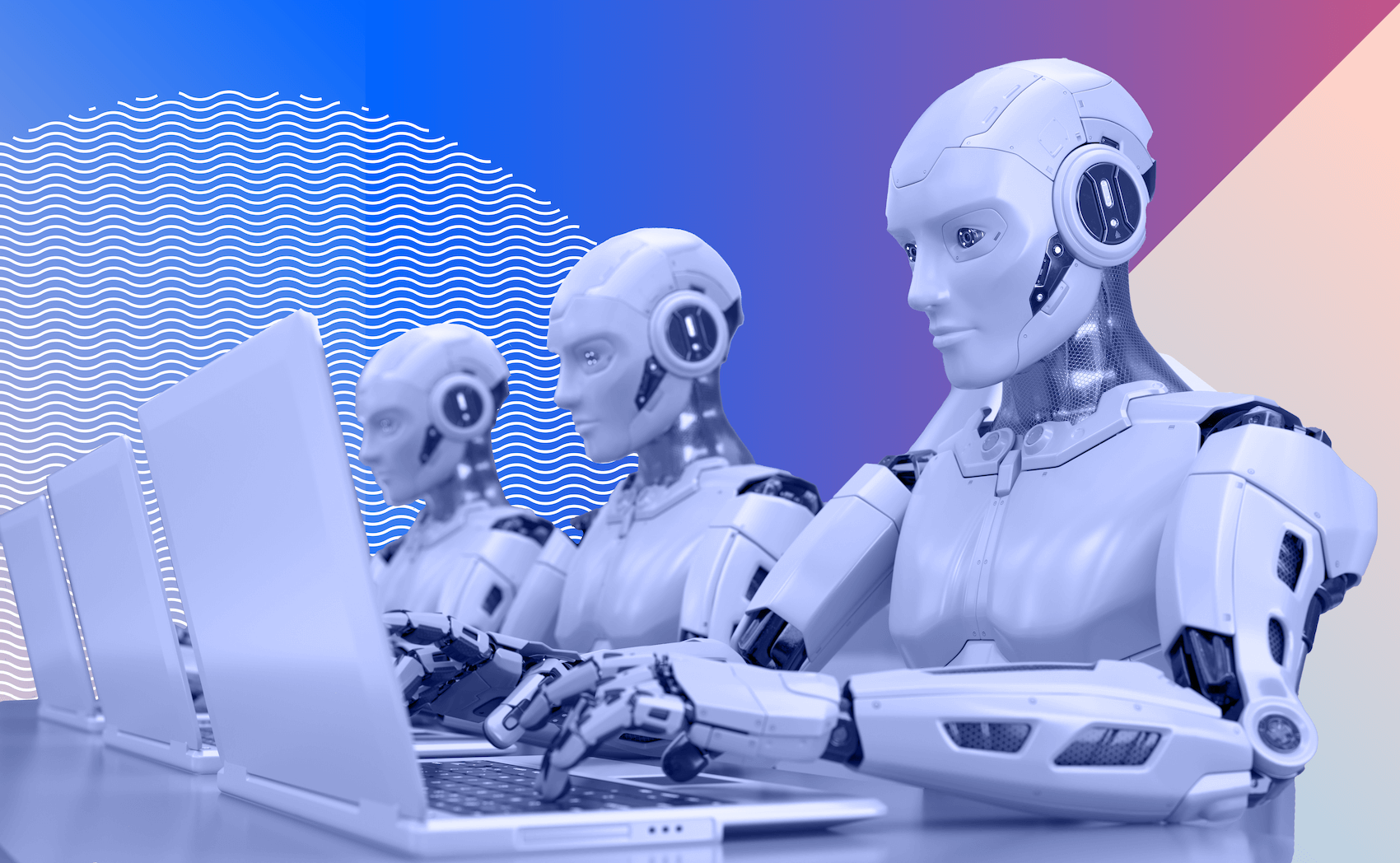The Progression of Forex Robots: A wide Guide to Automated Trading

In the fast-paced world of financial markets, the advent of technology has revolutionized the way individuals and institutions trade stock markets. One of the most significant innovations in recent years is the development and deployment of Forex robots. These automated trading systems have become a building block for traders looking to make profit on market opportunities without forex robot manual administration. In this article, we will explore the concept of Forex robots, their progression, benefits, risks, and the future of automated trading. Forex robots, also known as Expert Consultants (EAs) in the MetaTrader platform, are software programs designed to analyze market conditions and execute trades on behalf of traders. These algorithms are built with predefined rules and strategies, allowing them to make split-second decisions based on technical indicators, price action, and other details.
The concept of automated trading dates back to the 1970s when computerized systems were first introduced to financial markets. However, the real breakthrough came with the rise of the internet and electronic trading platforms in the 1990s. As technology advanced, traders begun to try out algorithmic trading strategies, laying the basis for the development of Forex robots. The early Forex robots were easy, relying on basic technical indicators and trend-following strategies. Over time, as computational power increased and machine learning techniques emerged, the sophistication of these algorithms grew exponentially. Modern Forex robots now incorporate complex algorithms, artificial intellect, and deep studying to adapt to changing market conditions and improve performance.
24/5 Market Monitoring: Unlike human traders who need rest, Forex robots can monitor the markets round the clock, five days a week. This constant vigilant allows for timely performance of trades and the ability to make profit on opportunities even in time specific zones. Emotion-Free Trading: Emotional decision-making is a common mistake in manual trading. Fear and greed can fog up judgment, leading to impulsive actions. Forex robots operate without emotions, choosing predefined rules and strategies, which can help eliminate irrational decision-making. Backtesting and Optimization: Forex robots offer the advantage of backtesting, allowing traders to assess the performance of a given strategy using historical data. This gives refinement and optimization of trading algorithms, enhancing their robustness and specialized to various market conditions.
Diversification: Automated trading systems can simultaneously manage multiple currency twos and strategies, providing a level of diversification that may be challenging for a human speculator to achieve manually. Over-Optimization: While backtesting is a valuable tool, it’s required to guard against over-optimization. A technique that performs exceptionally well on historical data may not necessarily yield the same results in live market conditions. Market Conditions: Forex robots may struggle in certain market conditions that deviate from historical data. Rapid and unexpected market changes, such as news events or geopolitical developments, can pose challenges for algorithmic trading systems. Technical Failures: Like any software, Forex robots are susceptible to technical failures, glitches, or on the internet issues. Traders must have contingency plans in place to address such issues promptly.
Lack of Specialized: While advanced Forex robots incorporate machine learning, not all systems can adapt effectively to improving market mechanics. Traders need to monitor and update their algorithms to ensure relevance and performance. The future of Forex robots holds exciting possibilities, driven by advancements in artificial intellect and machine learning. As technology continues to progress, we can expect even more sophisticated algorithms capable of learning from real-time market data, adapting to changing conditions, and improving performance over time. Machine Learning Integration: The integration of machine learning techniques will likely are more prevalent in Forex robots. These systems can continuously learn from market data, improve their strategies, and adapt to emerging patterns, enhancing their overall performance.
Blockchain and Cryptocurrencies: The rise of blockchain technology and cryptocurrencies has introduced new opportunities for automated trading. Forex robots that can navigate and trade across various cryptocurrency exchanges could become more prevalent as digital assets continue to gain popularity. Quantum Precessing: The emergence of quantum precessing could revolutionize the capabilities of Forex robots. Quantum computers, with their unrivaled processing power, may enable algorithms to process vast amounts of data at data transfer rates currently unimaginable, opening new frontiers for algorithmic trading. Forex robots attended a long way since their invention, transforming the landscape of currency trading. While they offer numerous benefits, traders must approach automated trading with a clear understanding of the associated risks. As technology continues to advance, the future of Forex robots holds promise, with the potential for even more intelligent, adaptable, and efficient automated trading systems. As with any tool in the financial markets, staying informed, adapting to new developments, and maintaining a strategic approach are key to success in the dynamic world of Forex trading.
Leave a Comment